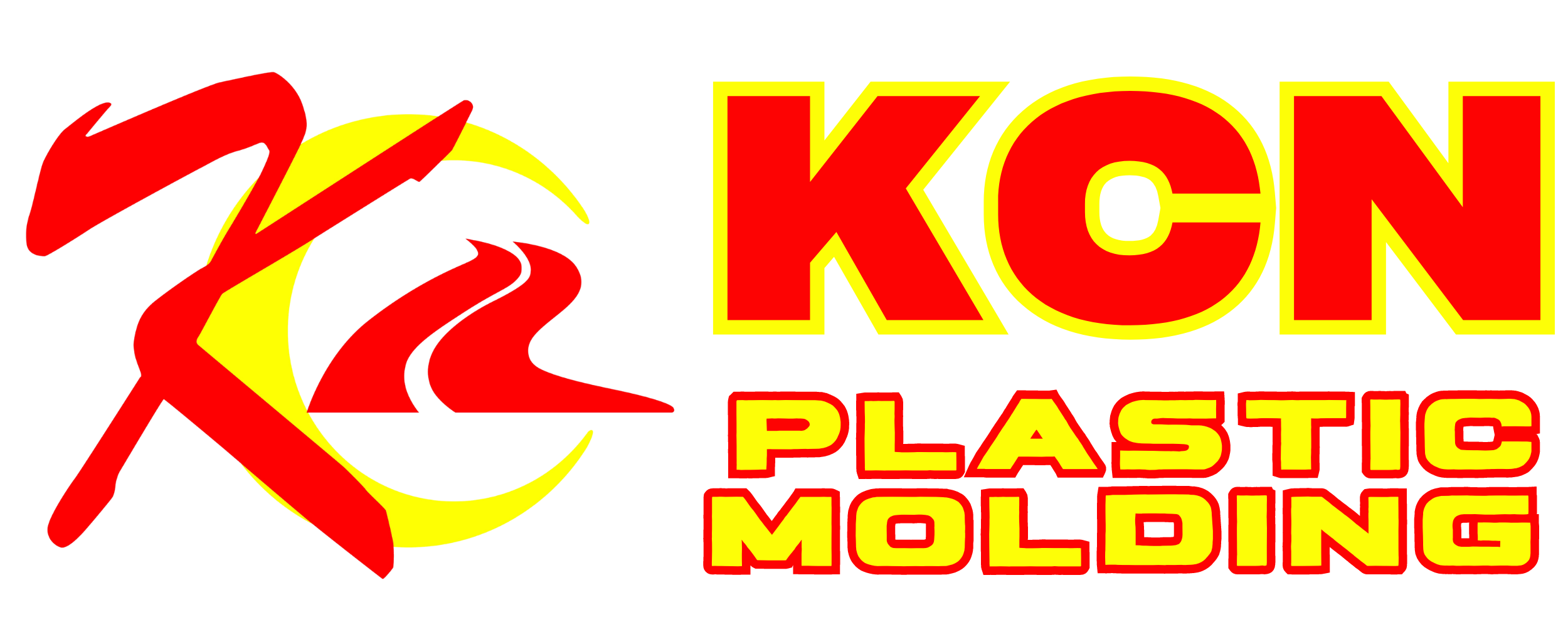Plastic raw materials-engineering plastics have broad prospects and have entered a period of rapid development
In recent years, engineering plastics have been widely used in electronics, automobiles, construction, office equipment, machinery, aerospace and other industries. Substituting plastic for steel and plastic for wood has become an international trend. This is due to the excellent properties of engineering plastics. , and is more in line with the trend of energy conservation and environmental protection. Engineering plastics has become the fastest growing field in the world's plastics industry. Its development not only supports the national pillar industries and modern high-tech industries, but also promotes the transformation of traditional industries and product structure. adjustment.
In the past 10 years, my country's engineering plastics industry has made remarkable achievements. The average annual growth rate of the industry's output value has reached more than 20%. The scale of enterprises has continued to grow and the level of science and technology has been improved to a certain extent. The technology and quality indicators of some of our products have also reached close to foreign advanced level. The process technology of some special engineering plastic products has entered the international advanced ranks. In 2008, my country's engineering plastics consumption was approximately 2.06 million tons. In 2010, my country's engineering plastics consumption reached approximately 2.44 million tons.
According to the 2016-2020 China Engineering Plastics Market Current Situation Research Analysis and Development Trend Forecast Report released by the China Industry Research Network, China's engineering plastics industry has achieved leapfrog progress with the rapid development of the national economy and has gradually formed a resin-based industry. A complete industrial chain with related supporting capabilities such as synthesis, plastic modification and alloy, additive production, plastic machine mold manufacturing, processing and application. As of 2011, the annual demand for China's engineering plastics market has exceeded 2 million tons, with a turnover of 100 billion yuan, and is expected to double again in five years. It can be said that China's engineering plastics industry has entered a period of rapid development.
During the "Twelfth Five-Year Plan" period, my country will further develop and expand the engineering plastics industry and will focus on building engineering plastics bases in Jiangsu, Shanghai, Henan and Zhejiang. Supported by the recovery of demand for automobiles, equipment and electronic and electrical products, global demand for engineering plastics in 2015 It will reach 20 million tons, and the industry has huge development potential. In the national "Industrial Structure Adjustment Guidance Catalog" updated in 2011, polycarbonate, liquid crystal polymer, high-grade nylon, polybutylene terephthalate (PBT), polytetrafluoroethylene, polyphenylene sulfide, poly The production of imide and other engineering plastics and their applications in building materials, mechanical processing, rail transit equipment and automobile lightweighting are all listed as national encouraged investment categories... A number of national policies will actively support the engineering plastics industry in " Development by leaps and bounds during the 12th Five-Year Plan period.
In the next ten years, our country will gradually transform from a large manufacturing country to a strong manufacturing country. The use of engineering plastics will increase day by day. Moreover, due to cost pressure, the market's call for localization of materials will also become louder, which will increase domestic supply. It brings unlimited business opportunities and broad application prospects to businesses, and promotes the rapid development of the engineering plastics industry. At the same time, huge market demand is also driving the continuous progress of the industry. China's engineering plastics industry will enter a stage of rapid development, whether it is materials and equipment, processing and molding, or application market development.




